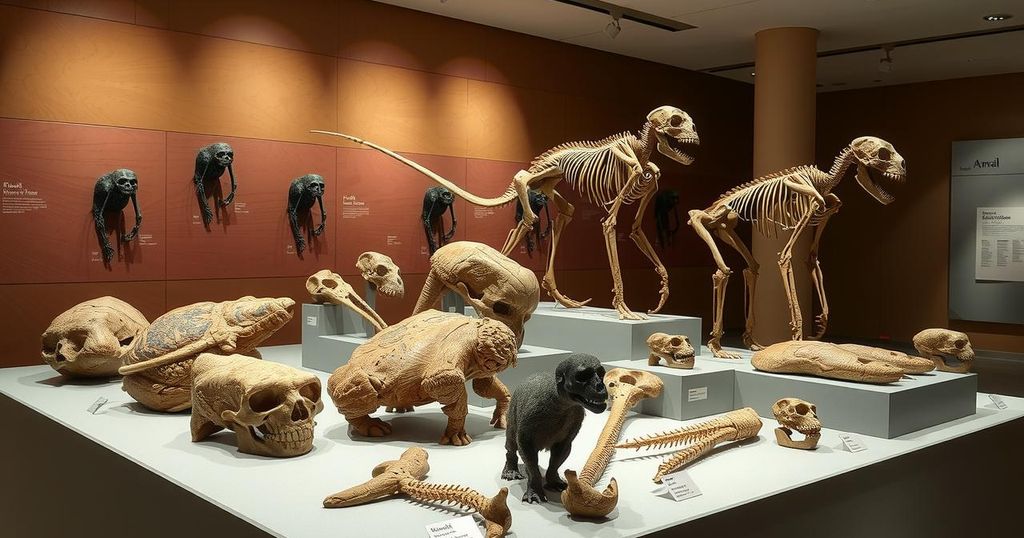Key Scientific Discoveries: A Look Back at 50, 100, and 150 Years Ago
This article explores significant scientific discoveries from 50, 100, and 150 years ago, including Mercury’s exploration, the isolation of Vitamin D, and fascinating animal weather predictions. Each segment reflects humanity’s ongoing quest for knowledge amidst nature’s mysteries and the evolution of scientific understanding.
In September of this year, we take a moment to reflect on the fascinating milestones from the history of science—specifically the paramount events of 50, 100, and 150 years ago. Each era captures a glimpse of our evolving understanding of the world around us, revealing both the extraordinary and the mundane as they intertwine. Let’s dive into this unique tapestry of scientific discovery that spans ages.
In 1974, curiosity about our neighboring planet, Mercury, took a scientific leap. The Mariner 10 spacecraft’s five-month exploration unveiled riveting details, nudging our understanding of this enigmatic world. While early images indicated Mercury might resemble our moon, further analysis of its core revealed it to be more like Earth, heavy and dense. The planet showcased impressive scarps, towering three kilometers high and sprawling across 500 kilometers, a feature unmatched by the moon. Why are these inner solar bodies so visually striking yet asymmetrical? Well, that’s still a head-scratcher for scientists.
Meanwhile, another invention was making waves in the world of timekeeping. In 1974, Laurance M. Leeds upgraded a dusty 80-year-old pendulum clock, fusing it with an ultra-precise quartz-crystal oscillator. This ancient timepiece, now almost a marvel, ticks time with remarkable precision: just one second off after an entire year! Leeds cleverly synchronized it with the National Bureau of Standards’ WWV broadcast for accurate timekeeping.
Fast forward a century to 1924, where another breakthrough was occurring in the realm of nutrition. Scientists at Columbia University led the charge in isolating Vitamin D, also known as Bios—vital for preventing ailments like rickets. Described as a white crystalline substance reminiscent of quinine, it was a significant development in understanding essential nutrients. The team, however, disavowed commercial intentions, focusing instead on their vision of life being a mere chemical process, a slightly radical point of view for the time.
A glance back to 1874 takes us to the curious world of nature where predictions of weather were seemingly made by animals. Oddly enough, numerous species displayed behaviors pointing to upcoming weather shifts. Garden spiders, for example, instinctively reinforced their webs before storms. Meanwhile, gulls gathered on land anticipating rains that would surface earthworms. And then there were more peculiar signals: distress cries from peacocks and erratic behavior in swine just before a downpour. Nature’s covert signals still baffle scientists today.
We’ve also seen some unparalleled phenomena—ever hear of an ant rain? Recently, Cambridge was showered by millions of ants, a rare natural spectacle. Ant rains are notable but pale in comparison to the sometimes bizarre rains of fish or frogs seen throughout history. Fish showers, attributed to waterspouts, have been reported over land. And the odd herring rains in Scotland mark historical oddities as well. This unpredictable planet we call home never ceases to amaze.
In conclusion, our walk through scientific history—from Mercury’s revelations to curious animal behavior—highlights how interwoven innovation and nature are. Each era teaches us something new, often pushing the boundaries of what we understand. The wonders of science are not just records of data but also stories that connect us, grounding us even as we look to the stars and beyond. Sixty years of timeless lessons, injected with the flavor of human curiosity, mark the pages of our journey through the universe.
Reflecting on these scientific milestones, from Mercury’s complex geology to the wonders of animal instincts predicting the weather, we glean not only knowledge but also stories that interweave human curiosity with nature’s oddities. Each era of discovery informs our understanding of the universe and ourselves, showcasing the inexhaustible spirit of exploration and inquiry that defines science. As we look back, we continue to be beckoned forward into the unknown.
Original Source: www.scientificamerican.com




Post Comment